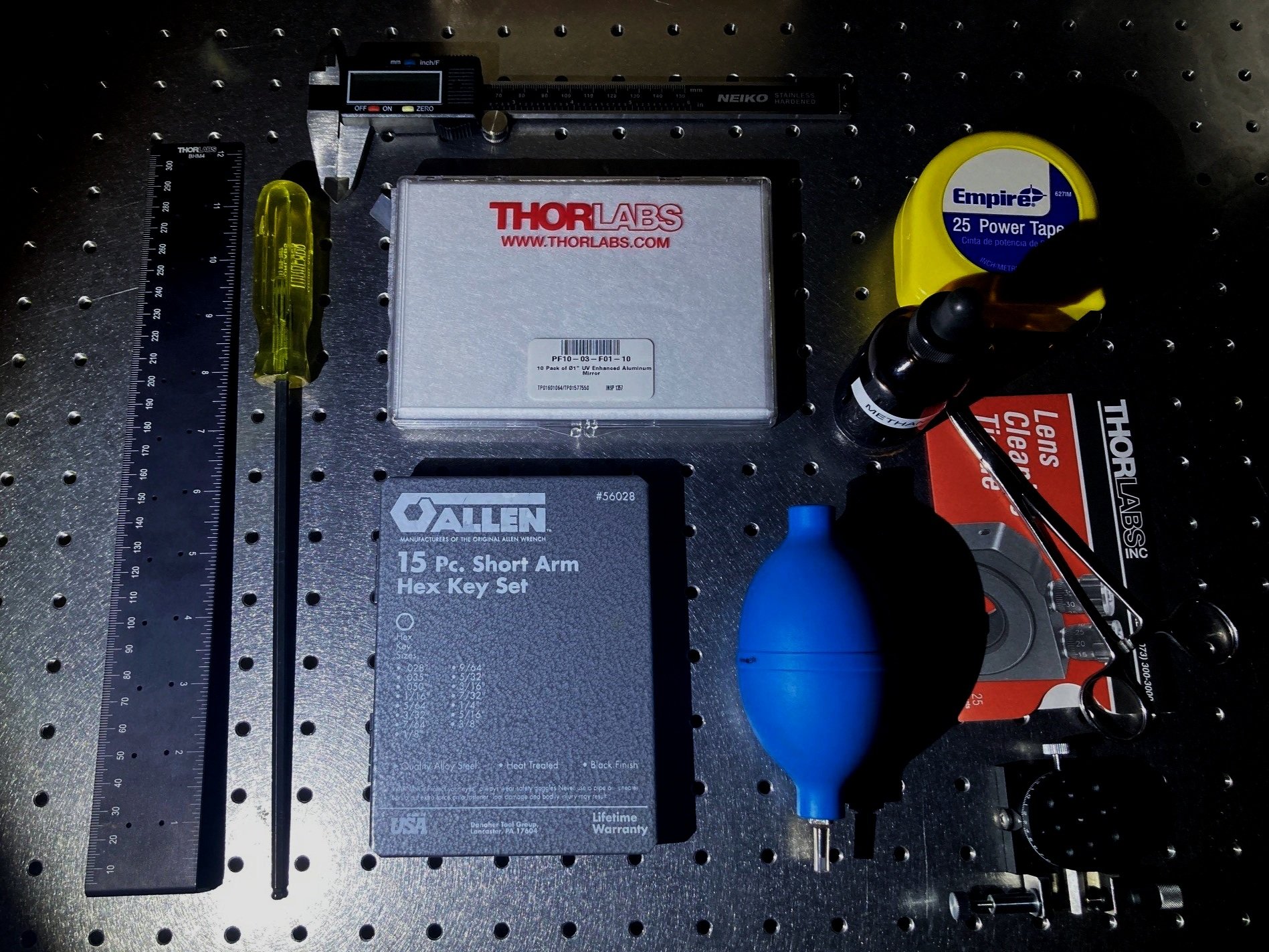New Spectroscopies to Interrogate Reaction Trajectories
The Physical Chemistry
Even though the kinetics of most chemical reactions can be expressed as rates that can range from ultrafast to kinetically sluggish, our understanding of these ensemble-level processes provide just a fraction of the picture behind an individual molecule’s reaction trajectory. Perhaps surprisingly, the contemporary issue to solve when trying to directly resolve an individual reaction trajectory of molecules in solution is not a problem of time-resolution any more, since spectroscopists can now reasonably generate and employ pulses of light shorter than 10 femtoseconds in duration, despite this being the same timescale that a reacting system might occupy a transition state configuration. Furthermore, despite the incredible progress made in the development of novel and more intricate spectroscopic tools to study photochemical processes, many of these are not only niche to particular model systems but for the most part irrelevant to the type of modern reaction chemistry that synthetic chemists care about.
The Kudisch lab is working to develop spectroscopic instrumentation for watching molecules traverse a chemical reaction coordinate in modern synthetic contexts. By leveraging spectral selectivity on the fastest timescales afforded by optical spectroscopy, we hope to gain unprecedented insight into the path that molecules take on a nuclear reaction coordinate. By using high magnetic field ultrafast spectroscopy, we can disentangle the spin and electronic components of the reaction coordinate for a given photoreaction. These ultrafast nuclear and spin quantum sensing platforms will give the most detailed pictures of chemical reactions to enable their understanding and eventual optimization.
Relevant Publications
Kudisch, B., Maiuri, M., Moretti, L., Oviedo, M.B., Wang, L., Oblinsky, D.G., Prud’homme, R.K., Wong, B.M., McGill, S. A., Scholes, G.D. Ring Currents Modulate Optoelectronic Properties of Aromatic Chromophores at 25 T. Proc. Natl. Acad. Sci. U.S.A. 2020, 117, 11289.
Maiuri, M., Oviedo, M.B., Dean, J.C., Bishop, M., Kudisch, B., Toa, Z.S.D., Wong, B.M., McGill, S. A., Scholes, G.D. High Magnetic Field Detunes Vibronic Resonances in Photosynthetic Light Harvesting. J. Phys. Chem. Lett., 2018, 9, 5548.


